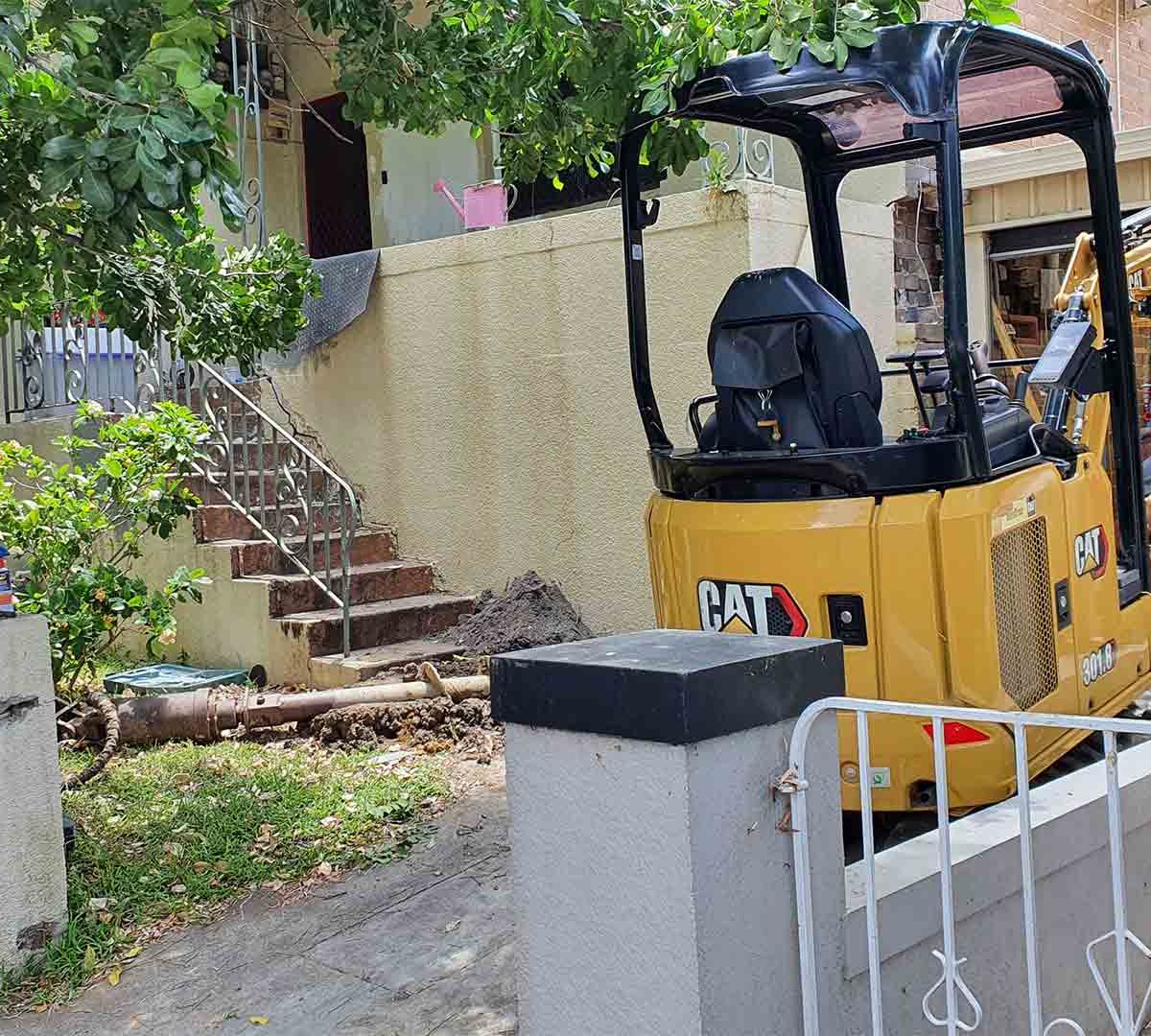Building a retaining wall is a vital step in managing soil erosion, creating level ground, and enhancing the aesthetics of a landscape. Whether it’s for residential or commercial purposes, retaining wall construction presents several challenges that require careful consideration and planning. Here, we’ll explore some of the common challenges faced during retaining wall construction and effective solutions to overcome them.
Understanding Retaining Wall Construction
Before we dive into tackling the problems and finding solutions, let’s take a quick look at what goes into building a retaining wall. Retaining walls are built to stop soil from sliding and keep it in place to stop erosion. They are commonly used in landscaping to create terraces, level uneven terrain, and define outdoor spaces. Retaining walls can be made from various materials such as concrete blocks, natural stone, timber, or gabion baskets, depending on the project requirements and aesthetic preferences.
Retaining walls must be carefully designed to withstand the pressure exerted by the soil they’re holding back. This involves considerations like wall height, soil type, drainage, and environmental factors. Proper construction techniques and attention to detail are essential to ensure the wall’s long-term stability and functionality.
Common Challenges in Retaining Wall Construction
Let’s take a closer look at some of the common challenges encountered during retaining wall construction. Below are key issues and potential problems you might face when constructing a retaining wall:
- Soil Pressure and Stability: One of the primary challenges in retaining wall construction is dealing with the pressure exerted by the soil. The weight of the soil behind the wall can cause it to bow, crack, or even collapse if not properly supported.
- Water Drainage: Poor drainage can lead to hydrostatic pressure buildup behind the retaining wall, which can compromise its structural integrity over time. Effective drainage solutions are essential to prevent water from accumulating behind the wall and causing damage.
- Foundation Preparation: A solid foundation is crucial for the stability of a retaining wall. Inadequate site preparation or improper foundation construction can result in settling or shifting of the wall, leading to structural failure.
- Material Selection and Quality: Choosing the right materials for the retaining wall is essential for durability and longevity. Poor-quality materials or improper installation techniques can compromise the integrity of the wall and increase the risk of failure.
- Environmental Factors: Retaining walls are exposed to various environmental factors such as freeze-thaw cycles, soil erosion, and seismic activity, which can affect their stability over time.
Effective Solutions
When constructing retaining walls, it’s crucial to address common challenges effectively. Consider these solutions to ensure the stability and longevity of your project:
- Engineering Analysis and Design: Conducting a thorough engineering analysis and design of the retaining wall is critical to ensure it can withstand the soil pressure and other external forces. Factors such as soil type, slope stability, and drainage conditions should be carefully evaluated during the design phase.
- Proper Drainage System: Installing an effective drainage system behind the retaining wall is essential to alleviate hydrostatic pressure and prevent water buildup. This may include installing weep holes, drainage pipes, or gravel backfill to facilitate water drainage away from the wall.
- Reinforcement Techniques: Incorporating reinforcement techniques such as geogrids, geotextiles, or soil nails can improve the stability and strength of the retaining wall. These reinforcements help distribute the soil pressure more evenly and prevent wall failure.
- Quality Control Measures: Implementing quality control measures during construction, such as proper compaction of backfill material, accurate placement of reinforcement, and regular inspections, can help ensure the retaining wall meets the required standards and specifications.
- Environmental Considerations: Taking into account environmental factors during the design and construction process is essential for building resilient retaining walls. This may involve selecting materials that are resistant to weathering, incorporating erosion control measures, and designing the wall to withstand seismic loads.
In a Nutshell
Retaining wall construction presents several challenges that require careful planning, design, and execution. By understanding the common challenges and implementing effective solutions, engineers and contractors can build durable and stable retaining walls that enhance the functionality and aesthetics of outdoor spaces. From addressing soil pressure and drainage issues to selecting appropriate materials and reinforcement techniques, proper attention to detail is key to successful retaining wall construction. By prioritising quality and adherence to best practices, retaining walls can withstand the test of time and provide long-lasting benefits for property owners and communities alike.

